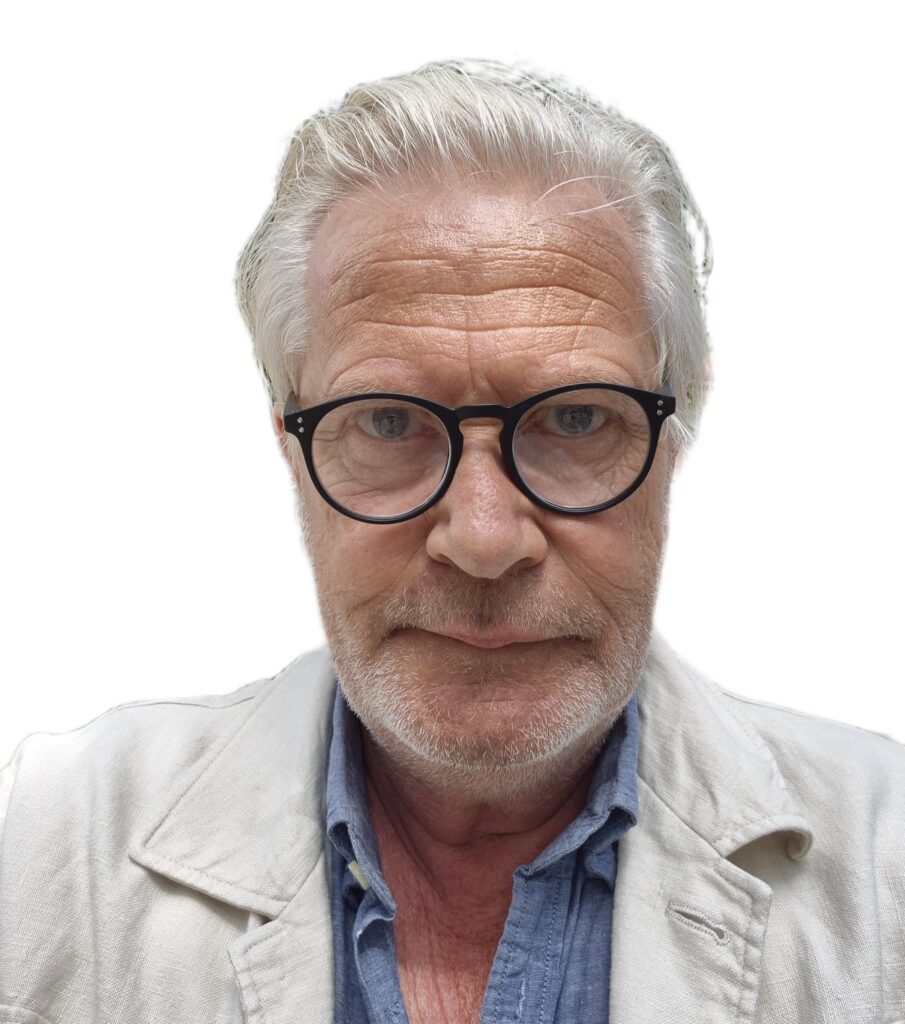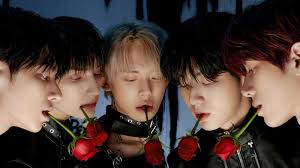K-pop’s global conquest: How Swedish songwriters helped shape a billion-dollar industry
K-pop has grown from a regional curiosity into a global cultural force, captivating millions from Seoul to Stockholm. At the heart of its global success is a surprising alliance — the seamless fusion of South Korean performance precision with Scandinavian pop songwriting genius.
In the early 2000s, few outside Asia knew of K-pop, an acronym for Korean pop music, let alone listened to it. Today, K-pop artists top Billboard charts, sell out stadiums across Europe and the United States, and command vast fanbases known as “fandoms” that stretch across continents. And behind many of the genre’s biggest global hits lie the fingerprints of Swedish A&R professionals and songwriters who helped perfect its sound for Western audiences.
A perfectly engineered sound
The K-pop sound is defined by its sleek production, layered vocals, genre-blending beats, and sharply choreographed performances. But beneath its glossy surface is a highly structured creative machine, driven in part by international collaboration. Swedish songwriters and producers, with decades of pop pedigree behind them, have played an outsized role in crafting that sound.
From ABBA and Roxette to Max Martin, Sweden has long punched above its weight in the global music industry. Its ability to deliver infectious hooks and emotionally charged lyrics in English has made its pop output a gold standard. It’s no surprise, then, that when South Korea’s biggest entertainment companies — including SM, JYP, and YG — began aiming at Western markets, they turned to Sweden for help.
The Swedish connection

One of the most influential figures in forging the Swedish-Korean music connection is Pelle Lidell, a renowned A&R executive who played a defining role in K-pop between 2008 and 2021. First at Universal Music Publishing, and later as European President of EKKO Music Rights — a Swedish-Korean joint venture — Lidell was instrumental in shaping the catalogue that would dominate the genre globally. Under his leadership, writers under his wing achieved more than 50 No.1 records worldwide, selling over 200 million physical albums and accumulating billions of streams across platforms.
Among his many contributions, Lidell personally came up with the idea for “I Got A Boy”, the genre-bending 2013 hit by Girls’ Generation, which he pitched and sold to SM Entertainment. Designed as a K-pop version of Queen’s “Bohemian Rhapsody”, the track fused five distinct groove parts into one explosive, unpredictable structure — a stylistic gamble that paid off. The song became an iconic release in the K-pop canon, winning Video of the Year at the YouTube Music Awards and showing the world just how sonically ambitious the genre could be.
Behind the hits: Swedish songwriters lead the charge
Sweden’s songwriting prowess runs deep in K-pop history. Songwriting duos like Bloodshy (notably Christian Karlsson, formerly of Miike Snow) made early inroads, bringing their Western pop sensibilities into the Korean sphere. Bloodshy’s work across Western pop with Britney Spears and Madonna gave them an edge when shaping cutting-edge tracks that fit K-pop’s forward-looking aesthetic.
But two of the most influential Swedish songwriting acts in K-pop history — also signed and developed by Pelle Lidell — are Sunshine and Moonshine.
Sunshine, the duo of Cazzi Opeia (Moa Carlebecker) and Ellen Berg, have become a cornerstone of K-pop songwriting. Their ability to write compelling melodies with emotional intensity has contributed to hits for acts such as Red Velvet, Twice, TXT, and BTS. Their extensive work earned them the Swedish Government’s Music Export Prize and accolades such as the Swedish Music Publishers Association’s Songwriters of the Year.
Moonshine, made up of Ludvig Evers and Jonathan Gusmark, are behind some of the genre’s most technically impressive and dynamic tracks. Their sound — rhythmic, melodic, and often experimental — has powered music for NCT 127, EXO, ITZY, and Aespa, helping those groups push boundaries while remaining accessible to global audiences. Their intricate productions have not only achieved commercial success but have set creative benchmarks within the genre.
The process: From Stockholm to Seoul
Typically, the Swedish-K-pop pipeline begins with songwriting camps, often held in Stockholm or Los Angeles, specifically designed to produce demos for Korean entertainment companies. Swedish producers write toplines and melodies in English, focusing on emotional punch and memorable structure. Once selected by Korean A&Rs, the songs undergo adaptation — lyrics are translated or re-written in Korean, arrangements are tailored to suit group dynamics, and choreography is often planned in parallel.
This production ecosystem allows for enormous attention to detail, one of the hallmarks of K-pop. Yet the initial energy, melody, and structure often remain true to the original Swedish demos.
BTS and the mainstream breakthrough
The group that catapulted K-pop fully into Western consciousness was BTS. Formed under Big Hit Entertainment, BTS combined introspective lyrics, high-concept albums, and relentless fan engagement to grow from underdogs into the biggest boy band in the world. Their music, too, was shaped in part by Swedish hands.
Notably, tracks like “DNA”, “Euphoria”, and “Crystal Snow” bear the hallmarks of Swedish composition, blending strong melodic hooks with emotional depth. Carl Falk, Sebastian Thott, and other Swedish writers contributed to these landmark songs, further cementing the relationship between K-pop and Scandinavia’s best.
In 2021, BTS released “Butter”, which topped global charts and cemented their crossover appeal. While primarily produced by American collaborators, the song’s structure — short intro, high-impact chorus, and crystal-clear vocal layers — follows a well-honed Swedish pop formula.
Girl power and genre blending
Swedish songwriting has been equally influential in elevating K-pop girl groups. Blackpink’s meteoric rise owes much to their bold fusion of hip-hop, EDM, and pop, much of which has been steered by international production teams, including Swedish creators.
Tracks like “Kill This Love”, “How You Like That”, and “Lovesick Girls” blend punchy beats with emotional narratives — a balance that Swedish writers are uniquely positioned to deliver. Blackpink’s songs consistently perform well in the UK, Germany, France, and Scandinavia, revealing the effectiveness of this hybrid pop model.
Similarly, Red Velvet’s hit “Bad Boy” and Twice’s English releases benefited from Swedish input, showing that even as Korean groups experiment with language and genre, the structural DNA often remains unmistakably Nordic.
Europe, the US, and K-pop domination
K-pop’s chart success in Europe and North America is no longer an outlier. From BTS’s sold-out shows at Wembley to Blackpink headlining Coachella, the genre has become a fixture in mainstream Western culture. Swedish songwriters helped bridge this gap by giving K-pop a framework familiar to Western ears, yet innovative enough to remain distinct.
Songs like “Seven” by Jungkook, which topped the UK Singles Chart and Billboard Hot 100, rely on a universal pop blueprint — clear storytelling, melodic catchiness, and sleek production. These are elements Swedish teams have perfected for decades.
Streaming platforms like Spotify, heavily influenced by user listening behaviour in Europe, helped boost these songs further. K-pop’s fan engagement tactics, paired with Swedish-style production, have created a feedback loop of virality and repeatability.
The next chapter
With A&R figures like Pelle Lidell laying the groundwork, the relationship between Sweden and K-pop is entering a new phase. As HYBE, SM, and JYP expand their global operations, they continue to rely on Sweden as a hub for high-quality songwriting. The new generation of Swedish talent is now fully aware of K-pop’s demands and potential, and is writing directly with Korean language and culture in mind.
Meanwhile, Swedish artists are increasingly inspired by K-pop’s performance standards and aesthetic, creating a two-way cultural exchange. Sweden’s ability to adapt, experiment, and export continues to make it one of the most important behind-the-scenes forces in the genre.
A sonic alliance
At its core, K-pop’s success is the result of collaboration between language and image, tradition and innovation, East and West. The Swedish imprint on K-pop is not just historical; it is ongoing and expanding. With names like Bloodshy, Sunshine, and Moonshine in its foundations, and with creative visionaries like Pelle Lidell shaping its path, the genre stands as a true testament to cross-cultural creativity.
As new acts debut and global tours resume, one thing is certain: the beat of K-pop will continue to echo across continents, and much of that rhythm will still be born in the studios of Stockholm.

Fredric Holmquist – newshub finance



Recent Comments